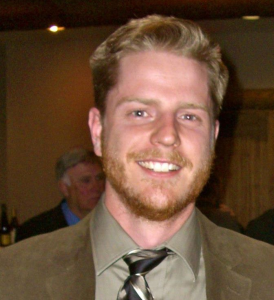Wedge Plasticity and Coupled Simulations of Dynamic Rupture and Tsunami in the Cascadia Subduction Zone

Andrew Wilson – MS Candidate
Advisor – Dr. Shuo Ma
CSL 422 – August 14th at 1pm
watch Andrew’s defense
Abstract
In an elastic dislocation model, whether or not a subduction plate boundary fault breaks the trench has a significant effect on the magnitude of seafloor deformation and resulting tsunami. When inelastic deformation of the sedimentary wedge is considered, large seafloor displacements can occur even in blind faults (Ma, 2012; Ma and Hirakawa, 2013). In fact, with significant inelastic wedge deformation, large seafloor uplift can occur at the wedge with little or no slip at the trench. Several seismic profiles along the Cascadia subduction zone indicate that the subduction megathrust is buried by thick sediments and does not reach the trench, begging the question as to how the region has experienced such devastating tsunamis in the past. Lotto et al. (2018) carried out coupled dynamic rupture and tsunami simulations for a buried fault in Cascadia, incorporating realistic fault geometry, bathymetry, and velocity structure, assuming elastic dislocation. Here we extend that model by incorporating wedge plasticity. Our coupled models of dynamic rupture and tsunami show that the large amount of sediments in this accretionary prism significantly contribute to seafloor uplift and produce initial tsunami heights that can be twice as large as those in purely elastic simulations, while also producing weaker acoustic waves in the ocean in comparison to elastic simulations. We conclude that wedge plasticity plays an important role for tsunami generation in the Cascadia subduction zone, and likely for other sediment-filled subduction margins as well.

